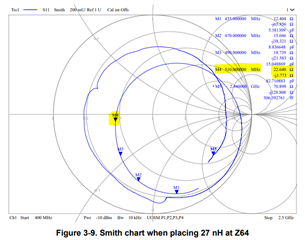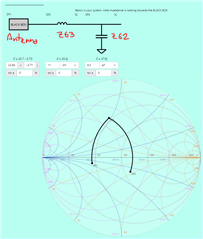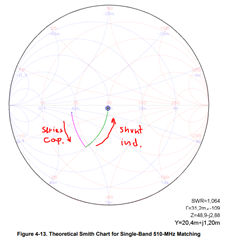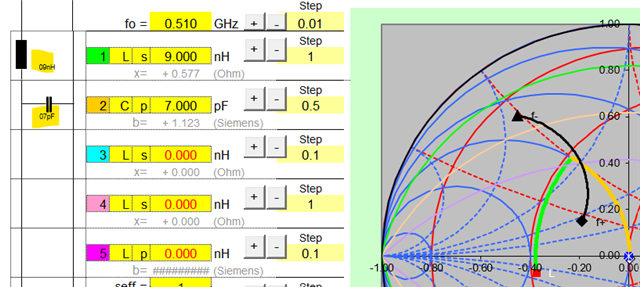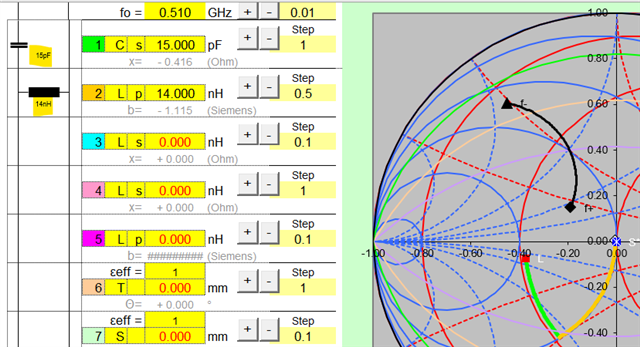Hi all,
I have the CC-Antenna-DK2, and a few launchpads. Both the "quick start guide" and the "antenna measurement summary" documents refer that some antennas can be configured for either 868 or 915MHz, however those whose bandwidth is not enough to work on both frequencies, require a single match adjusted for the final desired frequency.
Some antennas do provide 2 tables with the individual components values, for different possible frequency matches. For example on "CC-Antenna-DK2 and Antenna Measurements Summary (Rev. A)", antenna #1 has a table with the matching components for single band 2.4GHz (section 2.1.1.1 table 4) and a table for dual band 868 and 2.4GHz (section 2.1.1.2 table 5). But even though this antenna is also capable of working on 915MHz, it has no information on what the matching values would be for 915MHz. All it says is "Can also be tuned for 915/920 MHz and 2.4 GHz with a new matching network."
My question is how do I know what values I need for each component in the antenna matching section for the frequencies I want in each antenna of the kit? I cannot find any indication on the documentation on how this values can be obtained.


